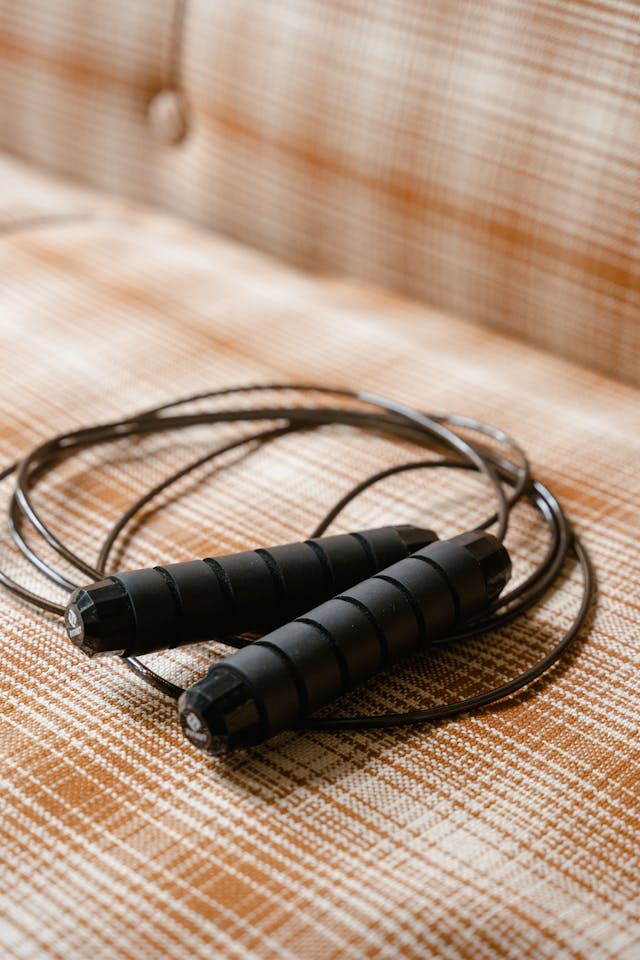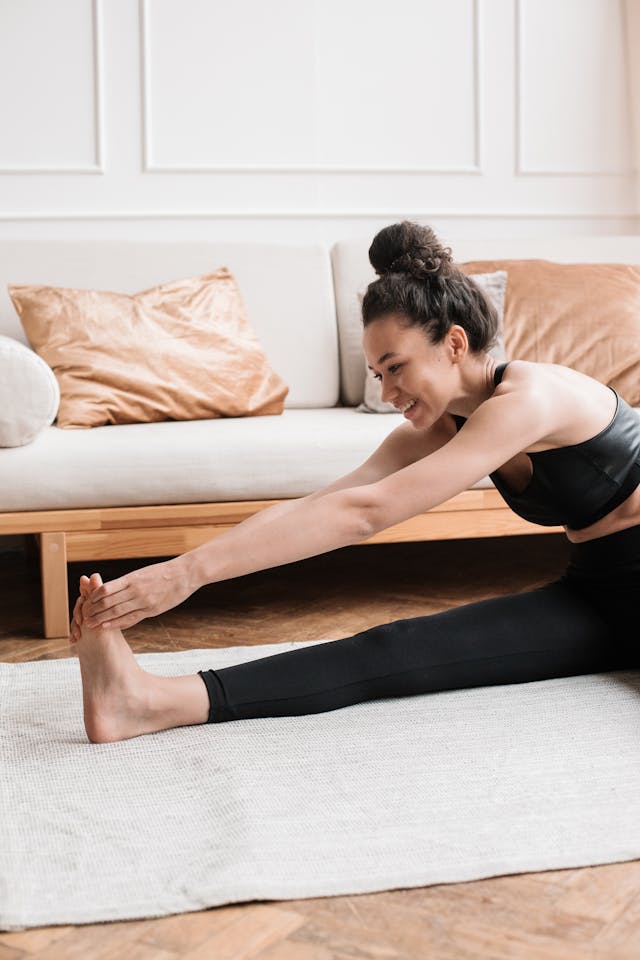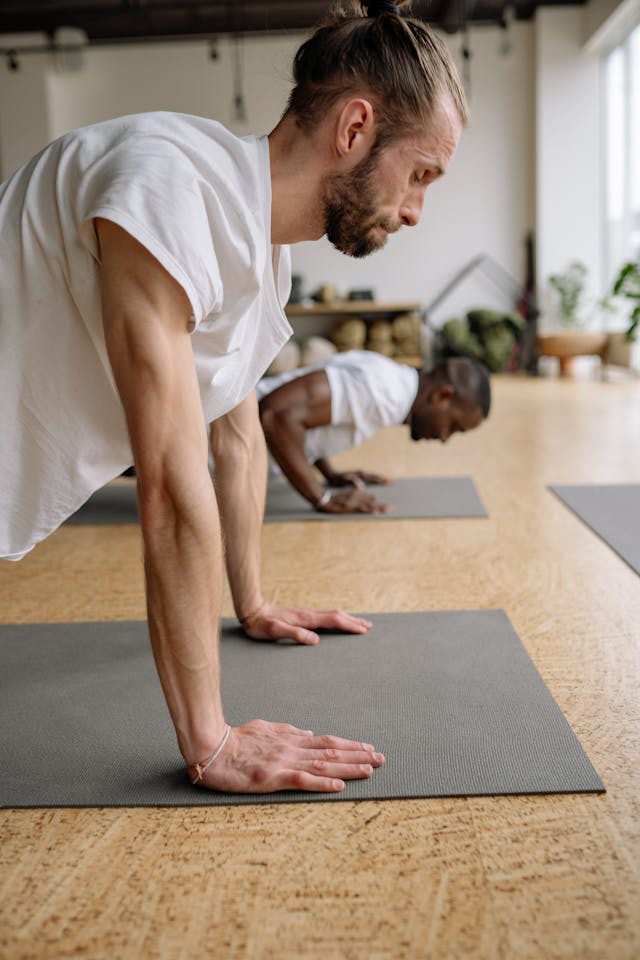When Fitness Feels Like a Chore: How to Fall in Love with Exercise Again
You lace up your sneakers with all the enthusiasm of someone heading to a root canal. The thought of another workout session fills you with dread rather than excitement. Your gym membership feels more like a monthly guilt payment than an investment in your health.
Sound familiar? You’re not alone. Many people struggle with the feeling that fitness is just another item on their never-ending to-do list. When exercise becomes a chore, it’s easy to lose motivation, skip sessions, and eventually abandon your fitness goals altogether.
But here’s the good news: this doesn’t have to be your story. The key to transforming your relationship with fitness lies in understanding why it feels burdensome and making strategic changes to rediscover the joy in movement.
Why Exercise Starts to Feel Like Work
Before we can fix the problem, we need to understand its roots. Several factors contribute to fitness feeling like a chore rather than a choice.
You’re Doing Activities You Hate
Perhaps the biggest culprit is forcing yourself into exercise routines that simply don’t align with your interests or personality. If you despise running but drag yourself to the treadmill every day because you think it’s the “best” cardio, you’re setting yourself up for misery.
All-or-Nothing Mentality
Many people approach fitness with an extreme mindset. They believe they must work out for an hour every day or it doesn’t count. This perfectionist approach creates unnecessary pressure and makes exercise feel overwhelming rather than manageable.
Lack of Immediate Results
Unlike other activities that provide instant gratification, fitness results take time to materialize. When you don’t see immediate changes in your body or energy levels, it’s easy to question whether your efforts are worth it.
External Pressure and Comparison
Social media, fitness influencers, and well-meaning friends can create unrealistic expectations about what your fitness journey should look like. When you constantly compare your chapter one to someone else’s chapter twenty, exercise becomes a source of inadequacy rather than empowerment.
Rediscovering Your Fitness Spark
The path back to enjoying exercise requires a fundamental shift in how you approach movement and physical activity.
Start with Movement You Actually Enjoy
The most sustainable fitness routine is one built around activities you genuinely like. Instead of forcing yourself through workouts you dread, explore different types of movement until you find something that sparks joy.
Try dancing in your living room, hiking nature trails, swimming, rock climbing, or playing recreational sports. Even activities like gardening, walking your dog, or playing with your kids count as movement. The goal is to find physical activities that feel more like play than work.
Embrace the Power of Small Steps
One of the most effective ways to overcome the chore mentality is to start incredibly small. Instead of committing to hour-long gym sessions, begin with just 10-15 minutes of movement daily.
This approach works because it removes the intimidation factor and makes exercise feel achievable. Once movement becomes a natural part of your routine, you can gradually increase the duration and intensity—but only if you want to.
Focus on How Exercise Makes You Feel
Shift your focus from external results to internal benefits. Pay attention to how movement affects your mood, energy levels, sleep quality, and stress management. These immediate benefits can provide the motivation you need to continue, even when physical changes take time to appear.
Keep a simple journal noting how you feel before and after exercise. You might be surprised by the positive impact even short bursts of activity have on your overall well-being.
Create Positive Associations
Transform your exercise environment and routine to create positive associations. This might mean:
- Working out to your favorite podcast or music playlist
- Exercising outdoors in beautiful settings
- Finding a workout buddy who makes the time enjoyable
- Rewarding yourself (non-food rewards) after completing workouts
- Choosing workout clothes that make you feel confident and comfortable
Reframe Your Relationship with Exercise
Instead of viewing exercise as punishment for eating or a mandatory health requirement, try reframing it as:
- A gift to your future self
- Time for personal reflection and mental clarity
- An opportunity to challenge yourself and build confidence
- A way to celebrate what your body can do
- Quality time with friends or family who join you
Making Fitness Feel Less Like Work
Several practical strategies can help make exercise feel more natural and less burdensome.
Integrate Movement into Daily Activities
Look for opportunities to add movement to activities you’re already doing. Take phone calls while walking, do squats while watching TV, or park farther away from store entrances. These small changes add up without feeling like formal exercise sessions.
Set Process Goals Instead of Outcome Goals
Rather than focusing solely on losing weight or building muscle, set goals around the process of exercising. For example, aim to move for 20 minutes daily or try one new physical activity each month. These goals feel more achievable and keep you focused on building sustainable habits.
Give Yourself Permission to Have Bad Days
Accept that some days you won’t feel motivated, and that’s perfectly normal. On low-energy days, honor your body’s needs while still maintaining your movement habit—even if that means just stretching for five minutes.
Find Your Optimal Exercise Time
Pay attention to when you naturally have the most energy and motivation for physical activity. Some people are morning movers, while others prefer afternoon or evening workouts. Working with your natural rhythms makes exercise feel less forced.
Building a Sustainable Fitness Mindset
The ultimate goal is developing a long-term relationship with fitness that feels sustainable and enjoyable.
Remember Your Why
Regularly revisit the reasons you want to stay active. Whether it’s playing with grandchildren, maintaining independence as you age, managing stress, or simply feeling strong and capable, connecting with your personal motivations helps exercise feel meaningful rather than mandatory.
Celebrate Small Victories
Acknowledge and celebrate every step forward, no matter how small. Completed a 10-minute walk? That’s worth celebrating. Chose stairs over the elevator? Another win. These small acknowledgments help reinforce positive feelings about movement.
Be Patient with the Process
Remember that developing a love for fitness is a journey, not a destination. There will be ups and downs, periods of high motivation and times when you struggle. This is all part of the process, and being patient with yourself is crucial for long-term success.
Your Next Steps Forward
Transforming fitness from a chore into something you enjoy takes time and experimentation. Start by choosing one strategy from this article that resonates with you most. Maybe it’s trying a new type of movement you’ve always been curious about, or perhaps it’s starting with just 10 minutes of daily activity.
The key is to begin where you are, with what you have, and gradually build from there. Your relationship with fitness doesn’t have to be perfect—it just needs to be yours. When you find movement that feels good and aligns with your life, exercise stops being something you have to do and becomes something you get to do.






